Out Now
The Infrastructure Issue
Current Issue
The Infrastructure Issue
JUN - JUL 2025
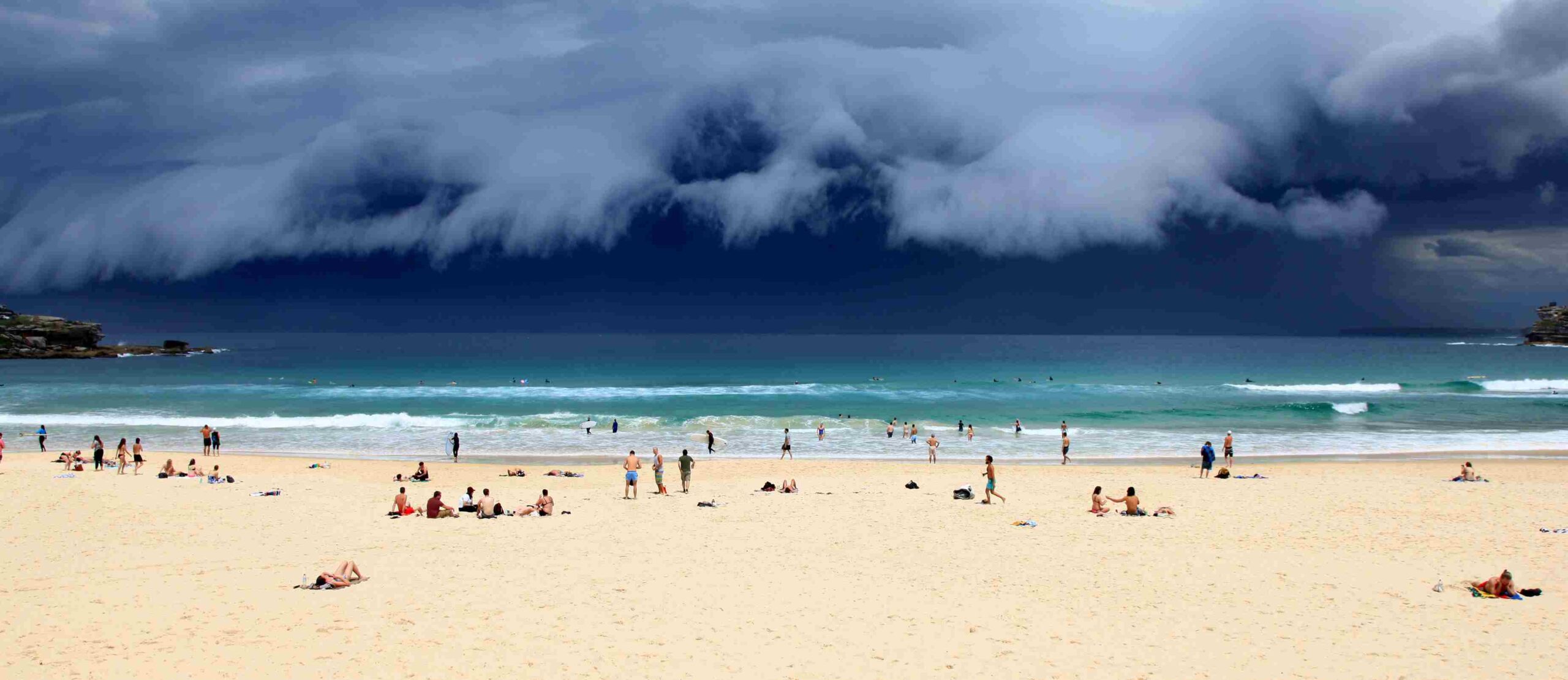
Regardless of your take on what’s causing climate change, the facts are that climates across the globe are, indeed, changing. But how has our weather here in Australia actually changed over the years?
Today, across much of Australia, we’re very well accustomed to sunny weather, with some extreme conditions thrown in on an almost annual basis for good measure.
But it hasn’t always been that way. So, now has our weather in Australia changed?
Back in ye olde days, Australia’s southern climate was characterised by regular snowfall. For instance, Mount Lofty House in Crafers, which is only 13km from Adelaide, was a popular spot for snowball fights – that location experienced the heaviest ever snowfall in South Australian history in 1949. Heatwaves were less frequent back then.
The climate began to exhibit noticeable changes around the mid-20th century. Australia’s average temperature has warmed by around 1°C since 1910, with most of the warming occurring since 1950. This period witnessed an increase frequency of extreme heat events, and led to increased severity of drought conditions during below-average rainfall periods.
The increased temperature has, as you’d expect, led to more extreme daily heat events, which pose a pretty significant risk to human health and ecosystems.
With rising temperatures, Australia has experienced an increase in extreme fire weather and lengthening of fire seasons since the 1950s, particularly in South Australia.
The changing climate has affected temperature and relative humidity, altering fuel moisture content, and resulting in more frequent, larger fires.
Increased fire weather has had a pretty significant effect on Australia’s environment and communities. The Forest Fire Danger Index (FFDI), which estimates fire danger based on temperature, rainfall, humidity, and wind speed observations, has shown an increase in recent decades.
This has coincided with an increased length of the fire weather season, particularly in southern and eastern Australia.
Over the years, Australia has seen a significant shift in rainfall patterns. There has been a reduction in April to October rainfall across south-eastern and south-western Australia. The drying trend in recent decades across southern Australia is the most sustained large-scale change in rainfall since national records began in 1900.
Conversely, there’s been an increase in rainfall across most of northern Australia since the 1970s.
While overall rainfall has decreased in certain regions, there is evidence that rainfall extremes are becoming more intense.
Observations from weather stations indicate that a higher proportion of total annual rainfall in recent decades has come from heavy rain days, and as the climate warms, heavy rainfall is expected to become more intense, leading to increased instances of flash flooding.
Combined with rising sea levels, this poses an increased flood risk for coastal environments.
Of course, it’s impossible to look at a weather event as a singular occurrence, as it has a knock-on effect. A lack of rain combined with a prolonged heatwave, or record-high daily temperatures, for example, have a massive impact on agriculture, human health, fire weather, and infrastructure.
You betcha. Current projections indicate that these trends are likely to continue into the future, and as climate change progresses, the frequency, magnitude, and impact of some types of compound events are expected to increase, leading to a need for greater resilience in communities across the globe.
Keep up to date with our latest news and competitions by subscribing to our regular newsletter.

Issue 183
OCT - NOV 2024

Issue 182
AUG - SEPT 2024

Issue 181
JUN - JUL 2024

Issue 180
APR - MAY 2024

Issue 179
FEB - MARCH 2024
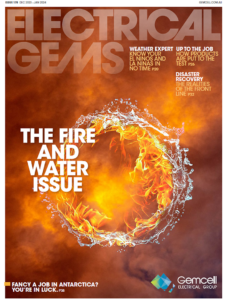
Issue 178
DEC 2023 - JAN 2024

Issue 177
OCT - NOV 2023

Issue 176
AUG - SEPT 2023

Issue 175
JUN - JUL 2023

Issue 174
APR - MAY 2023

Issue 173
FEB - MAR 2023

Issue 172
DEC 2022 - JAN 2023
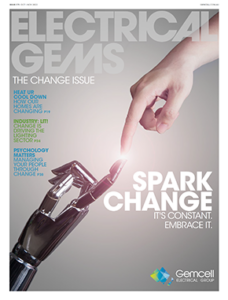
Issue 171
OCT - NOV 2022

Issue 170
AUG - SEPT 2022

Issue 169
JUN - JUL 2022

Issue 168
APR - MAY 2022

Issue 167
FEB - MAR 2022

Issue 166
DEC 2021 - JAN 2022

Issue 165
OCT - NOV 2021

Issue 164
AUG - SEPT 2021
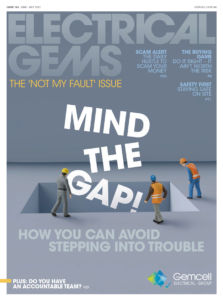
Issue 163
JUN - JUL 2021

Issue 162
APR - MAY 2021

Issue 161
FEB - MAR 2021

Issue 160
DEC 2020 - JAN 2021

Issue 159
OCT - NOV 2020

Issue 158
AUG - SEPT 2020

Issue 157
JUN - JUL 2022
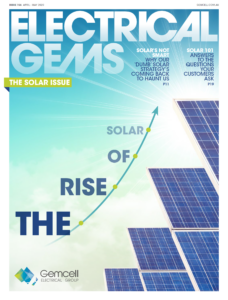
Issue 156
APR - MAY 2020

Issue 155
FEB - MAR 2020

Issue 154
DEC 2019 - JAN 2020

Issue 153
OCT - NOV 2019

Issue 152
AUG - SEPT 2019
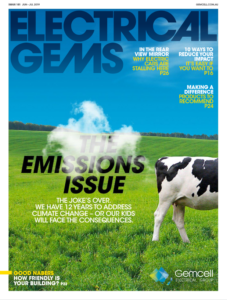
Issue 151
JUN - JUL 2019

Issue 150
APR - MAY 2019

Issue 149
FEB - MAR 2019
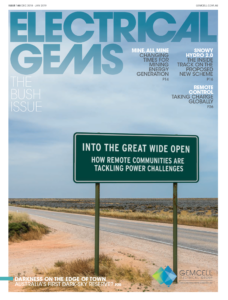
Issue 148
DEC 2018 - JAN 2019

Issue 147
OCT - NOV 2018

Issue 146
AUG - SEPT 2018

Issue 145
JUN - JUL 2018

Issue 144
APR - MAY 2018

Issue 143
FEB - MAR 2018

Issue 142
DEC 2016 - JAN 2017

Issue 141
OCT- NOV 2017

Issue 140
AUG - SEPT 2017
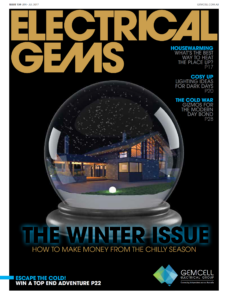
Issue 139
JUN - JUL 2017
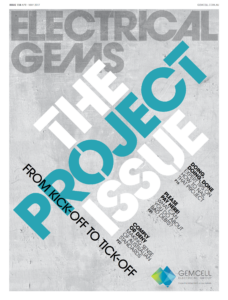
Issue 138
APR - MAY 2017

Issue 137
FEB - MAR 2017
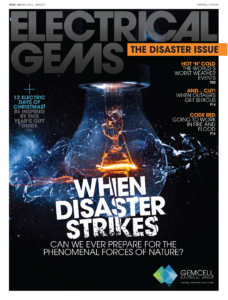
Issue 136
DEC 2016 - JAN 2017

Issue 135
OCT - NOV 2017

Issue 134
AUG - SEPT 2016
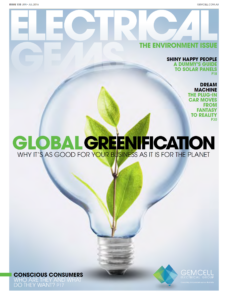
Issue 133
JUN - JUL 2016

Issue 132
APR - MAY 2016

Issue 131
FEB - MAR 2016

Issue 130
DEC 2015 - JAN 2016
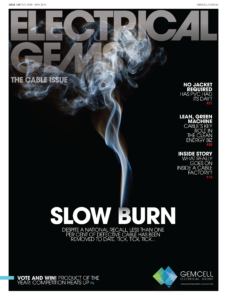
Issue 129
OCT - NOV 2015

Issue 128
AUG - SEPT 2015

Issue 127
JUN - JUL 2015

Issue 125
APR - MAY 2015

Issue 125
FEB - MAR 2015

Issue 124
DEC 2014 - JAN 2015

Issue 123
OCT - NOV 2014

Issue 122
AUG - SEPT 2014

Issue 121
JUN - JUL 2014

Issue 120
APR - MAY 2014

Issue 119
FEB - MAR 2014

Issue 118
DEC 2013 - JAN 2014

Issue 117
OCT - NOV 2013

Issue 116
AUG - SEPT 2013

Comments (0)
Write a Comment